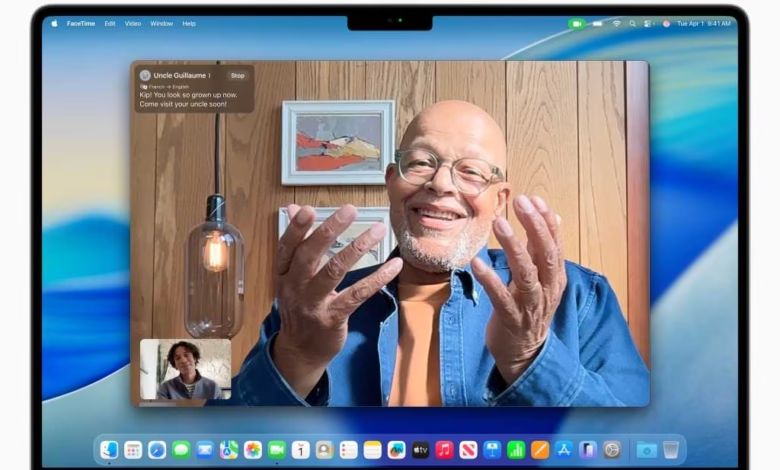Apple’s Foundation Models: Why They’re a Game-Changer

▼ Summary
– Apple introduced the Foundation Models Framework at WWDC to integrate AI as a utility in future tech experiences.
– The framework provides tools for developers to use Apple’s on-device AI large language models (LLMs) in their apps.
– Developers can implement these AI models with as few as three lines of code, simplifying integration.
– Apple will not charge developers for access to its core Apple Intelligence models, enabling cost-free AI features.
– On-device AI processing ensures enhanced user privacy while delivering advanced app functionalities.
Apple’s latest move in artificial intelligence marks a significant shift in how developers will integrate AI into applications. The company’s newly introduced Foundation Models Framework, unveiled at WWDC, provides tools that enable seamless access to on-device large language models (LLMs). This innovation allows developers to harness Apple’s AI capabilities with minimal coding effort, sometimes as few as three lines.
What makes this approach groundbreaking is its accessibility and privacy-first design. Unlike cloud-based alternatives, Apple’s models run directly on devices, eliminating the need for costly API calls or compromising user data. Developers can now incorporate advanced features like real-time translation, content generation, and writing assistance without worrying about subscription fees or data security risks.
For example, an app designed for global content management could leverage these tools to help writers craft polished, multilingual content effortlessly. The absence of usage fees removes financial barriers, encouraging broader adoption across apps of all sizes. This democratization of AI tools aligns with Apple’s emphasis on privacy and performance, ensuring users benefit from smarter applications without sacrificing speed or security.
By embedding these capabilities at the system level, Apple is positioning its ecosystem as a leader in practical, user-friendly AI integration. The implications extend beyond productivity, this framework could redefine how everyday apps leverage machine learning, making advanced features feel intuitive rather than experimental. As developers begin experimenting with these tools, we’ll likely see a wave of innovative applications that push the boundaries of what’s possible with on-device intelligence.
(Source: COMPUTERWORLD)





